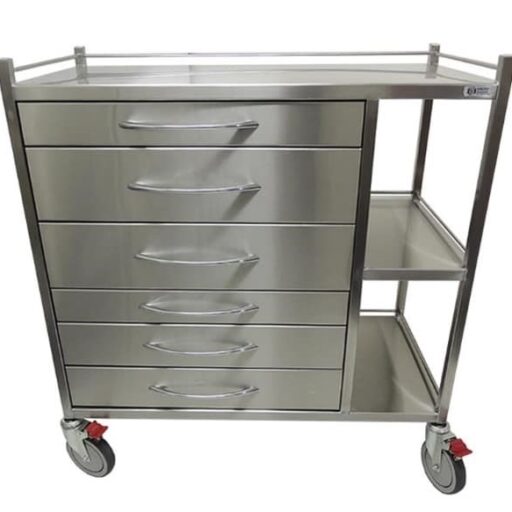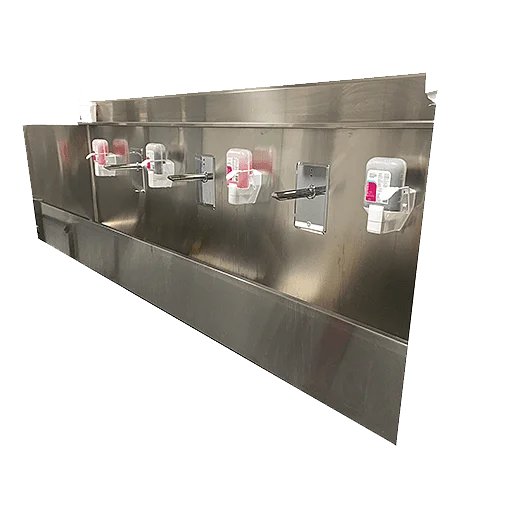The operating theatre is a realm where precision, expertise, and efficiency converge. As theatre nurses, every movement and decision you make plays a pivotal role in patient outcomes. Let’s explore practices, tools, and strategies that can further enhance your efficiency and elevate the patient care you deliver.
Communication isn’t just about speaking; it’s about ensuring understanding. Misunderstandings, even minor ones, can lead to delays or complications. Implementing standardized communication tools, such as SBAR (Situation, Background, Assessment, Recommendation), can foster clarity. Regular team debriefs post-surgery can also offer insights into areas of improvement, ensuring that each surgery is a step towards perfection.
Protocols exist for a reason. They’re the culmination of years of research and practice, ensuring patient safety and procedural efficiency. But it’s essential to remember that protocols should be living documents. Regular reviews and updates, informed by new research and technological advancements, ensure that your practices remain at the cutting edge of medical science.
The equipment you use should be an extension of your expertise. Ensuring that every tool and machine is in optimal condition not only guarantees efficiency but also patient safety. Designate regular times for equipment checks and maintenance. Furthermore, organizing tools in a manner that aligns with the flow of procedures can significantly reduce time spent searching for the right instrument, ensuring a seamless surgery process.
The medical field is ever-evolving. New research, techniques, and technologies emerge regularly. Dedicate time for continuous learning. Attend workshops, seminars, and training sessions. Embracing a mindset of perpetual growth ensures that you remain at the forefront of your field, delivering the best possible care to your patients.
Quality equipment can make a world of difference in the operating theatre. Our range has been meticulously designed to cater to the unique challenges you face:
Minimize unnecessary movements, ensuring that everything you need is within arm’s reach.
ures. Ensuring secure access to medications isn’t only about preventing theft or unauthorised access; it’s fundamentally tied to patient safety and trust.

Organize vital equipment, ensuring that no time is wasted during critical moments.

The heart of an efficient operating theatre lies in its organization. Our MediMesh shelving ensures that everything you need is right where you expect it, streamlining operations and reducing time spent searching for essential items.

As every theatre nurse knows, impeccable hygiene is paramount before commencing any surgical procedure. Our SP541.1 Theatre Scrub Sink is specifically designed to uphold the most stringent standards of cleanliness, serving as a testament to the importance of sterility in the operating theatre.
The operating theatre is a nexus where skill, dedication, and precision converge. Theatre nurses stand at the epicenter of this convergence, orchestrating a seamless flow of actions and decisions. By adopting best practices, committing to continuous learning, and utilizing the finest tools, you set the gold standard in surgical care, reflecting your unwavering dedication and expertise.
References:
– Taylor, R. (2017). *Communication in the Operating Theatre*. Health Communications, 12(4), 60-65.
– Brown, A., & Smith, B. (2020). *Standardizing Protocols in the Operating Room*. Surgical Best Practices, 28(1), 5-10.
– Williams, P. (2019). *Equipment Management in the Operating Theatre*. Medical Equipment Today, 14(2), 20-24.